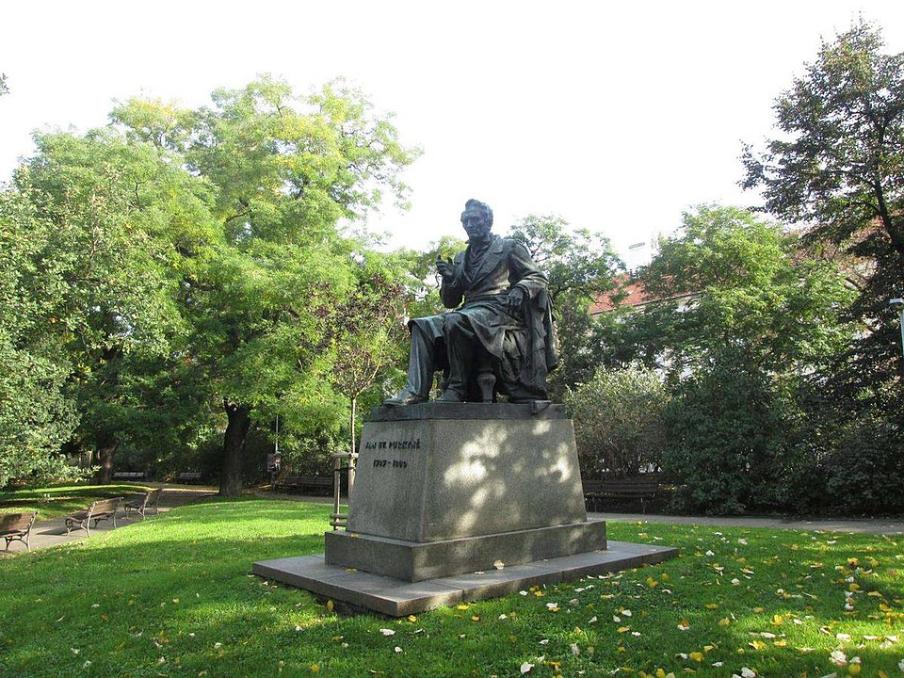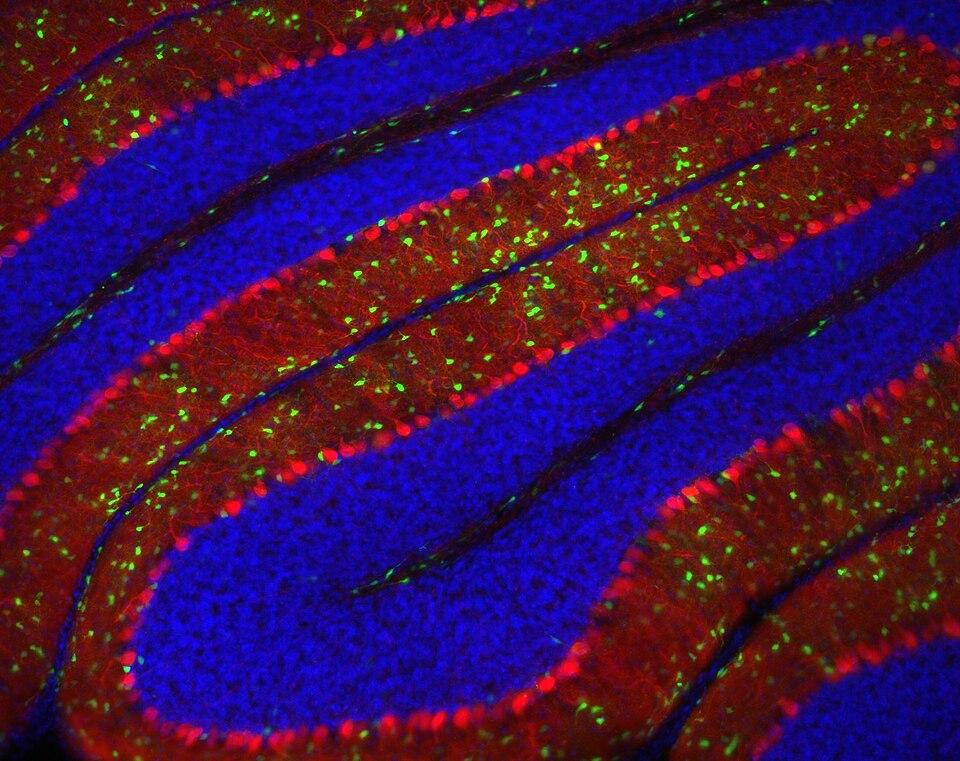
Timelines 10
Man and his Senses 10
Man and his Inventions 10
Geography 10
Fauna 10
Timelines 10
Man and his Senses 10
Man and his Inventions 10
Geography 10
Fauna 10

In the quiet light of a nineteenth-century laboratory Jan Evangelista Purkyně sketched neurons whose forms would reverberate across two centuries of biology. The Purkinje cell — a single, striking neuron with an enormous, plate-like dendritic tree — was first described by Purkyně in 1837 and named after him. It remains one of the most emblematic cells in the brain, a compact lesson in how structure and function entwine. Purkyně’s work was not merely descriptive: his careful staining, patient observation and insistence on method established a template for cellular physiology that later generations would refine with optics, electrophysiology and molecular tools.
The Purkinje neuron still matters because its architecture makes it a sensitive reporter of disease. As a principal inhibitory output of the cerebellar cortex, its survival and synaptic integrity influence motor control, learning and the fine balance of brain circuits — domains implicated across a range of neurodegenerative conditions. In short, the careful focus Purkyně applied to single neurons continues to pay dividends. Modern scientists watch Purkinje cells to learn how networks fail in disease, and how they might be coaxed back to health.
Czech science, rooted in that tradition of exact observation, has not rested on its laurels. In recent years Czech laboratories reported a method that lets investigators damage cells at a very small scale and then watch, in real time, the cell’s immediate reaction to that injury — a sort of controlled, microscopic wound and an equally precise readout of how the cell copes. The team behind this work describes creating a tiny burn or blister on or inside a cell and recording the cascade that follows; the approach promises to reveal molecular and biophysical steps that underlie neurodegeneration and to test interventions aimed at halting or reversing cell death. It is a continuation of Purkyně’s ethos — refined now with lasers, live imaging and molecular sensors.
If Czech labs supply methods and mechanistic insight, India brings institutional scale and a focus on translation. The Council of Scientific & Industrial Research and its family of laboratories — and related centres such as the Centre for Cellular and Molecular Biology (CCMB) and the National Brain Research Centre (NBRC) — provide the platforms for moving cellular discoveries toward therapy. CCMB’s molecular toolsets and NBRC’s focus on brain research and neuroinformatics create a pipeline that ranges from cultured neurons and genetic assays to computational models and preclinical testing: the kind of end-to-end capacity that turns a mechanistic insight into a therapeutic question.
This complementary architecture is not accidental. India’s research ecosystem prioritizes translational pipelines — repositories, imaging suites, animal models and clinical linkages — while Czech science often focuses on high-precision methods and conceptual breakthroughs. That complementarity shows up in practical ways: a Czech method that maps subcellular responses provides hypotheses and assays that Indian labs can deploy on larger sample sets or human-derived cells; conversely, Indian clinical and translational expertise helps frame which cellular readouts are most relevant for therapy. Together they close the loop between what is possible in a single cell and what is necessary for a patient.
Policy, meanwhile, is catching up with practice. A joint statement on innovation between India and the Czech Republic names health, biotechnology and researcher mobility as priority areas — a diplomatic framework that encourages exchanges, joint projects and shared funding mechanisms. Under such agreements, protocols can be harmonised, data can be shared responsibly, and young scientists can move across laboratories to learn complementary methods. Where once ideas might have travelled as isolated publications, today institutional pathways exist to carry methods, samples and expertise from Prague to Hyderabad and back.
Education and institutional culture matter too. Czech universities and institutes honor their past while engaging the future — tributes to Czech scientists are paired with new collaborations and open-door programmes that include Indian partners; such ties are not merely ceremonial but functional, creating pathways for student exchange and joint workshops where classical histology meets modern imaging. The result is a new generation trained to read dendritic arbors and to apply laser-based perturbations, to respect the history of discovery even as they build tools to fix what goes wrong.
Taken together the story is simple and practical. One nation’s centuries-old attention to cellular detail produces methods that reveal how single cells fail; the other’s institutional breadth offers routes to test, validate and translate those findings. Purkyně’s microscope and the modern laser are part of the same intellectual lineage — a lineage that today moves across borders through formal partnerships and informal collaborations. If the goal is therapies for Alzheimer’s, Parkinson’s and related disorders, the pathway runs from a damaged cell on a Prague slide to traction in Indian translational platforms and, eventually, clinical evaluation.
Source
https://tinyurl.com/27f47ces
https://tinyurl.com/y7gr57h7
https://tinyurl.com/234ylury
https://tinyurl.com/25j2eoym
https://tinyurl.com/2439b93g
https://tinyurl.com/2ycmkfc5
https://tinyurl.com/23w6v6ct
https://tinyurl.com/23rquw3u
https://tinyurl.com/23534t47